|
This year, even more than ever, you may be asking, "How do I fit it all in?!" We are, of course, in an unprecedented school year with abundant varieties of scheduling challenges. Whether you are teaching face-to-face or virtually, or in one of the million combinations of the two, you can work with even the trickiest of schedules by first stepping back to think about the big picture of your instruction. There are two common scheduling challenges that can compromise learning in your classroom, and both can be addressed with one, simple strategy. While the solution may not be perfect--there is no "perfect" solution to seeing children only once a week or having only 20 minutes for reading instruction--it will help you keep your focus on the overall goal of your literacy instruction--helping your students become proficient in the ways they navigate the print (phonemes and graphemes) and their ability to construct meaning. The reality is, you can’t fit "it all" in (and never could), as you are already aware--at least on some level. But each morning we begin the day and we try again to fit all the pieces into that six hours with students--or 3 hours, or 2 hours, or even 40 minutes! Inevitably, when our time is crunched, we end up cutting the same things because we have adopted the inaccurate belief that one instructional context is most important. We feel like word work is more important than read aloud, for example, so when the schedule is cut, so is read aloud. This means that our instruction is incomplete. Over time, this can form a pattern that undermines your efforts with students. In truth, your word work time will, in the long run, be much less beneficial for students if they don't get the glorious vocabulary building from read aloud. The second challenge is the temptation to search for a silver bullet or to put all your eggs in one basket; choose your cliche. The tendency to favor an instructional context makes us human, but fortunately we can be systematic in planning how we spend our instructional time. For example, usually when you ask someone who teaches guided reading how they teach reading, they respond by saying that they teach guided reading. The problem with such a response is that it shows an imbalance in instruction. Guided reading was never intended to be a program. It isn’t the core. Guided reading was designed as part of a larger context, which includes independent reading, shared reading, read aloud, and word work. Guided reading is not more important than these other pieces. The tendency is to set up guided reading and let the other pieces fall into place as they do, if they do. A relatively simple (albeit not perfect) solution to both problems of incompleteness and imbalance--which are really just two sides of the same coin--is to plan the instructional week rather than the instructional day. Practically speaking, you can plan with sticky notes and we implement with an egg timer. Planning Assign a sticky notes of a different color to each of the instructional contexts you want to include in your classroom. For example, shared reading may be represented by pink sticky notes, guided reading by yellow sticky notes, independent reading by green sticky notes, etc. Now do the math! Figure out a balance of instructional contexts that really works, in order to give your students a complete learning opportunity. You may only be able to teach guided reading three days a week in order to also read aloud three days a week and engage in shared reading three days a week. In fact, in some of the hybrid models teachers are grappling with right now, you may have to really narrow the amount of time you spend on each instructional context in order to teach all of them. This is, of course, less than ideal, but most of us don't get to decide the limitations on our instructional schedule, only how we spend the time within it. While these kinds of trade-offs may seem scary (and they are when you are trying to teach five instructional contexts in thirty minutes!) they can actually make you more efficient and give you some relief from the guilt of never feeling as if you can fit "it" all in. As you experiment with this shift, you may discover, for example, that much of what you previously accomplished in guided reading may be more efficiently taught in shared. Or you may find that you were teaching every student in small-groups when some don’t need that level of scaffolding. Once you have a week's schedule arranged, look at it as a whole. How balanced are the colors? Of course, this isn’t a rigid strategy. The time doesn’t have to be divided up into exactly equal portions. Things will vary based on the age of children, the point in the school year, etc. In general, however, does the schedule look relatively balanced and relatively complete? Implementation
Once you have a plan, you face the challenge of implementation. Of course, your schedule will vary from day-to-day. Now really concentrate on working within the timeframes. Use an egg timer and stop when you had planned to. This is really challenging, but if you do it a few times you will begin to really think about instructional time. If you know that you can’t run over the allotted time for guided reading, you will find ways to stay on schedule. Also, planning to stop, even if you aren’t finished, means that read aloud, independent reading, etc. don’t get neglected. Of course, this is not meant to be a militaristic implementation. I am not suggesting you teach robotically or become a rigidly driven by the clock. I am suggesting, however, that if you want to fit everything in, you will have to do a bit less of some things and a bit more of others. These kinds of changes in practice requires a shift from the frustrating mental model of fitting everything in every day. You can begin developing a new, kinder mental model with a few pads of sticky notes and an egg timer. Adapted from a blog post originally written by Jan Burkins and Kim Yaris.
2 Comments
Sometimes, when we are trying to solve a problem we place limitations on ourselves because of tradition. We don't "think outside of the box" because we have come to consider the box as somehow integral to the process. It helps to sometimes bring to the foreground and scrutinize the barriers that we place on ourselves. So, what is limiting our thinking about guided reading, the trickiest instructional context to shift to digital platforms?
While read aloud, shared reading, and even independent reading and conferences seem to translate to virtual spaces with less disruption to the model, guided reading remains the more challenging instructional context to teach over a computer. In addition to the intrinsic challenge of teaching across cyberspace, the fact that probably no one else has your school district's exact model makes it harder to crowdsource the problems. I am endlessly amazed by all the different ways districts give shape to teaching in 2020 (and soon 2021). In this blog, Hacks for Virtual Guided Reading, I explored some intuitive suggestions for navigating guided reading in virtual spaces, including a suggestion for how to listen to individual students read during virtual guided reading. I recently worked with a school where a teacher was really problem-solving how do just this thing, but she needed a different solution than the one I offered in the previous blog. Her students all had access to district-provided laptops, so that eliminated one barrier that is present for some. In my conversation with the teacher, I realized that we were assuming some pre-virtual conditions that didn't necessarily have to apply. We found that adjusting away from those limitations helped us meet the goal of listening to students read instructional level texts, even though they weren't face to face. Here were some of our assumptions:
As it turns out, none of these assumptions is requisite to guided reading instruction. Questioning all of the aforementioned beliefs, we developed a plan. On Fridays, she is going to give her guided reading groups their texts via links placed on the school's virtual platform. Over the weekend, students will record themselves reading using either video, or simply audio. Students will send their teacher their recordings by Monday. During the week, she will listen to a few student recordings each day, as she had done when guided reading was face-to-face, and take running records. If a student is having difficulty, she will check in with that student via whatever tool seems appropriate. When the group gets together to talk about the book, they can engage in some choral reading of the text and have conversations about it. Again, there are things about this variation on the guided reading model that don't work as well as face-to-face guided reading. You may or may not find out how a child navigates a first-read in a text, although you may be able to specify that you want a first read in the directions. Either way, there are worse problems than a child practicing a text to sound good when they read it to you. If children see their recordings as something to practice and perfect, what we lose in cold-read data we gain in repeated readings practice and reading growth. There remains a driving need to work with small groups in virtual spaces. While none of the creative solutions out there seem to be perfect, many of us are finding that a pandemic is a great time to embrace approximations and explore not being a perfectionist. If you explore this model or some aspect of it, I would love to hear about what you figure out. You can always reach me at tct.jan@gmail.com, or you can leave a comment on this post.
A couple of years ago, Kim Yaris and I wrote a collection of guided reading books to go with the Who's Doing the Work? K-2 Lesson Sets (Stenhouse, 2018). Carnegie Learning has graciously agreed to let me share the fiction titles from this collection with you, here on this site.
There are 15 titles ranging from Level A to Level J. I have built flipbooks with each title, and embedded them here on the site. The text below, one of my favorite in the collection, is an example of the set-up for each book, and will show you how the flipbooks in the collection work. Missing Socks, like all the books in the collection, includes illustrations designed to engage students and deepen the story.
Here are some highlights from the collection:
Mindfulness:
There are three titles in the collection that relate to mindfulness. Happy (Level C) is about a little girl who is exploring different kinds of happiness, such as the calm happiness of a breeze vs. the palpable happiness of a surprise birthday party. Hurry Up, Slow Down (Level D) is about a little girl who is walking to school with her father and is caught up in the simple beauty around her. Finally, Everyday Beautiful (Level H) is about two boys who have been asked to find something beautiful. One boy overlooks the natural beauty around him while another shows him how simple things can be beautiful.
Shadows:
There are five titles in the collection that use science related to light and shadows to tell a story. They range in levels from C-J. We wrote these to align with science standards. If you teach light and shadows, you may find these texts a nice way to integrate your science content into your reading instruction.
The books are all in flipbook format and are free to use and share with children, but they require a password to access them. To get the password, complete the form below. When you hit submit, a password will pop up on the screen. Use that password in step 2 (below) to access the books.
If you already have the Who's Doing the Work? K-2 Lesson Sets, these digital versions of some of the books should be helpful. Although you don't need the lessons to use the books, if you are interested in the lessons that go with the books, they are available from Stenhouse Publishers. In my consulting work, I have pulled up alongside far too many beginning readers who--having been taught to read in explicit phonics programs--have inadvertently learned to neglect the meaning of what they are reading. They tend to deliberate laboriously in decoding a word--yes, an important process for beginning readers--when the context and the syntax could have confirmed their efforts and taken them from their phonetic approximation to the actual word. This is what the balanced literacy folks (and I count myself among them), refer to as “word callers.” This pattern of inattention to meaning--which leads to opportunity costs in teaching children that reading is about constructing meaning--is a legitimate problem with explicit phonics instruction.
On the other hand, I have pulled up alongside far too many beginning readers who--having been taught to read in a balanced literacy framework--have inadvertently learned to over rely on context as they problem-solve words. They often scour the picture for clues to words they could easily decode relying almost exclusively on context and moving on without looking closely at the print. This is what the phonics folks (and I count myself among them), refer to as “guessing.” This pattern of inattention to the print--which leads to opportunity costs in learning orthography--is a legitimate problem with balanced literacy. It often seems that, on either side of this debate, there is only noise and anger. There are, however, very reasonable and thoughtful folks exploring the nuances of each perspective and trying to actually listen closely to the voices of others. This can be difficult for many of us, however, myself included. Usually, this difficulty arises from the stories we tell ourselves...stories that aren't completely true. Before we make sweeping generalizations about an entire group of people--people who represent a range of ideas within a larger, general perspective--perhaps we can interrogate our beliefs about these people. To support this effort, I share The Work from Byron Katie, which is a five-step process for considering the ways our thinking tends to be biased towards self-preservation and protection of our egos. Step 1: If something someone says or does causes you distress, identify the underlying story/belief you are telling yourself, such as Balanced literacy folks do not believe in teaching students explicit or systematic phonics. OR Science of reading folks do not care if children learn to comprehend. OR Balanced literacy folks believe that learning to read is as easy as learning to talk. OR Science of reading folks don’t care if children read from dreary books and learn to hate reading. Step 2: Ask yourself if this belief is actually true. Your ego may jump up here and try to assert how accurate these extreme, negative statements are. Don’t overlook the ego’s need to be right, even at the expense of ourselves, our children, our relationships, etc. Perhaps you immediately recognize that these statements aren’t absolutely true. If so, skip step three. If you are still convinced that the statements above are absolutely true, then you will want to check out step three. Step 3: Go deeper. Ask yourself if the statement is absolutely true? Are there any exceptions? Could there be places where this belief doesn’t hold up? Do you know anyone who appreciates the contributions of the "science of reading" and also has demonstrated a clear commitment to student engagement and great texts? Do you know anyone who ascribes to "balanced literacy" who is intentional about phonics instruction? Of course, if you are honest with yourself (and you must be), you will recognize that there are circumstances where these statements are not true. Step 4: Think about how the negative belief affects you. Who are you when you believe this? How do you act? What do you say? How do you feel? Consider who you would be without this belief. Would you be more open to possibilities? Would you be better able to listen? Would you be able to focus on and expand what is working? Would you be better able to find opportunities for connection? Would you judge others less? Would you judge yourself less? Step 5: Flip the statements and see if you can persuade your ego that these new statements are at least somewhat true, if not absolutely true. Balanced literacy folks believe in teaching students explicit or systematic phonics. OR Science of reading folks care if children learn to comprehend. OR Balanced literacy folks don’t believe that learning to read is as easy as learning to talk. OR Science of reading folks care if children learn to hate reading. Notice the shift in your breathing and in your body tension as you actually step into the truth of these flipped statements. If you can believe in at least the possibility of these statements, despite the fact that you may have encountered some folks who seem to embody the opposites, then you are on your way. And then, if you want to move to ninja-level honesty, you can flip the statements in another way and consider the truth in them. For example, Science of reading folks do not believe in teaching students explicit or systematic phonics. (Children in classrooms with explicit phonics programs can learn the elements of the print system without learning how to apply them independently, in context. In fact, this problem is pretty widespread.) Balanced literacy folks do not care if children learn to comprehend. (Children in balanced literacy classrooms can also develop issues with comprehension. In fact, this problem is pretty widespread.) What does this extreme switch do to your perspective? Can we make space for the nuances within the perspectives with which we align? These latter points are an extreme, but they illustrates the ways that we construct realities that support our belief systems. Looking at the issues in the perspectives with which you align is important, honest work that is well within the scope of our individual power. You will accomplish more in addressing these issues than in engaging in angry debates where both sides are so triggered that no one can hear anyone else or look honestly at themselves. Until we consider the truth of the first set of flipped statements (i.e., Balanced literacy folks believe in teaching students explicit or systematic phonics; Science of reading folks care if children learn to comprehend.) we will find it difficult to actually hear each other and work together on behalf of children. The takeaways here are these:
I recently had lunch with my dear mentor and she told me a story about working in a classroom and sitting with a first grade student who was just beginning to read. She asked him to share his independent reading book with her only to discover that it was much too hard for him to read on his own. They went together to the classroom library, which was beautifully organized by topic and areas of interest to the students. As it turned out, however, there was literally nothing in the classroom library that the reader could actually decode independently.
As you are assembling and organizing your classroom library consider the quality, the accessibility, and reading level of what is available to students. As Kim Yaris and I describe in Reading Wellness, at any given time students will be reading more than one text. For beginning readers, that should include variety in terms of difficulty. A single reader may have one or more picture books, which he or she may read by looking at the pictures and telling the story. Hopefully, he or she will also have some high-quality, controlled-vocabulary texts--decodable and/or patterned--to engage in the practice of decoding and constructing meaning. When “The Science of Reading” community says that there are decades of research on early literacy instruction, I see the truth in this statement. Almost twenty years ago I wrote a dissertation entitled “A Meta-analysis of Phonological Awareness.” At that point in the history of literacy instruction, there were already mounds of research on the topic, enough to warrant a statistical summary of the data, which is something of a litmus test for the robustness of an area of inquiry.
The research was well received by the small audience that read it. It was one of three finalist for the International Reading Association’s (currently International Literacy Association) coveted Dissertation of the Year Award, and it won the Dissertation of the Year Award for the school of education at the University of Kansas where I was graduating. One unsurprising result of the study was that you could teach students to be phonologically aware and that this instruction improved students’ reading acquisition. In fact, one could say that you really don’t need to teach students phonological awareness unless you want them to learn how to read. Teaching phonological awareness is that important. Not teaching phonological awareness would be like suggesting that one couldn’t learn to swim without getting into some water. The second result, the one that excited my advisors, was that, while instruction in phonological awareness was critical to early literacy, one could get too much instruction in the area. After a student was sufficiently phonologically aware, continued instruction in hearing sounds within words didn’t just lend no further improvement, it produced an inhibitory effect. In other words, phonological awareness development is essential, but too much of it can actually impede progress. A meta-analysis is a statistical summary of all the statistical research on a topic. In designing a meta-analysis, one must decide whether to include unpublished dissertations. Unlike later meta-analyses of phonological awareness, I chose to include dissertations in my data, which meant that unpublished results were included. I did this to compensate for the publishing world’s bias towards positive results. Perhaps this is why I discovered some potential problems with phonological awareness instruction. In the later (and even current) phonological frenzy, I cringed to see whole classes of third-graders engaged explicit and isolated phonological awareness practice. I never published these results in a journal, partly because I had toddler twin sons, partly because I knew I wanted to remain a practitioner rather than an academician, partly because I was sick of the topic, and partly because I received a phone call from Linnea Ehri (who's work I was studying) who was also working on a meta-analysis of the phonological awareness research. But these findings have informed my lifetime of work in literacy and have been part of what has driven me to hold tight to systematic instruction in phonological awareness with a balanced perspective of not overdoing it. On one side of the current (and historical) debate, it is easy for phonological awareness instruction to be spotty and random, if at all, which I have continued to see as problematic even when mine wasn’t a popular perspective among some in the “balanced literacy” community. On the other side of the debate, it is easy for phonological awareness instruction to be overdone, which I have also continued to see as problematic even when perspective was unpopular among “the science of reading” community (even before it was called that). If you are convinced that something is THE key to literacy, whether contextualizing work with sounds and the print system that lays over them or explicitly teaching students the bits and pieces of our orthographic system, be careful not to push this certainty to extremes such that your reasonable conviction (and both convictions are reasonable) becomes the Achilles heel of your instruction. Most of us are painfully aware of the fissure in literacy education that is being exacerbated by polarizing and unproductive language around “The Science of Reading” and “Balanced Literacy.” I have been watching in the wings thinking about how to support collegial conversations and honest reflections.
Kim Yaris and I met on Twitter in 2012 when the literacy world was similarly, if not as fiercely, divided over the development of the Common Core State Standards. As we dug into the research around the CCSS and considered the political landscape of the field and the way it impacted the issues, we found lots of voices preaching to their own choirs and wondered how we could bring together an audience that might consider the truth on either side of the issue. We eventually set about to look deeply and honestly at what was being overlooked from each perspective. During this period, if you read our blog on one day, you might leave thinking that we were staunch advocates of the CCSS (and you would have been correct). If you read the blog on another day, you might come away thinking that we were fierce critics and were at determined odds with the CCSS and their “architects” (and you would also have been correct). As many of us are hesitant to admit in this current debate, the “truth” is not at all absolute. I am convinced, however, that we don’t have to position ourselves as polar opposites, unless we just want to fight. And I don’t think that is the case. After many emails, direct messages, and personal requests to share my thinking on this topic and dig into the controversy, I am launching this blog to begin an inquiry into what divides us and where we can come together. Beware. Even if you typically agree with my thinking-- individually or as part of Burkins & Yaris--and regardless of where you stand on the perceived continuum between “The Science of Reading” and “Balanced Literacy,” it is likely that you won’t always like what I have to say. I will start here, throwing a monkey wrench into the science of science: Generally speaking, research needs to be viewed with a healthy dose of skepticism. Even the accumulation of research that seems to support a consistent claim--and we offer this thought for either perspective on this issue--is problematic when all the studies share a similar flaw or bias. So I leave you thinking about the ways we, humans, tend to find what we want to believe in research while we overlook what we don’t really want to see. On this note, we share this very R-rated video of John Oliver talking about the importance of and the limitations of science. If you are easily offended (or even somewhat easily offended), we recommend that you limit yourself to this summary: In sum, it is easy to misrepresent studies in ways that support what we already believe and there is an element of sensationalism that comes from snagging catchy tidbits from studies without scrutinizing the design and the potential biases. |
AuthorDr. Jan Burkins is a full-time writer, consultant, and professional development provider. Categories
All
|


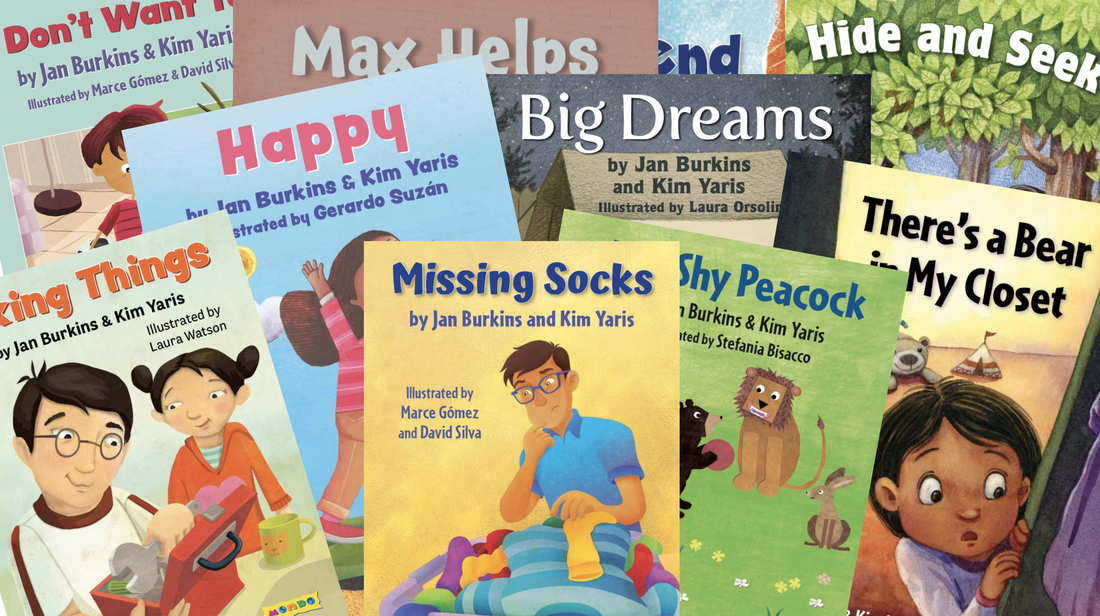
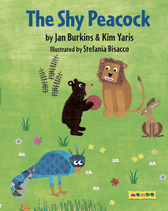
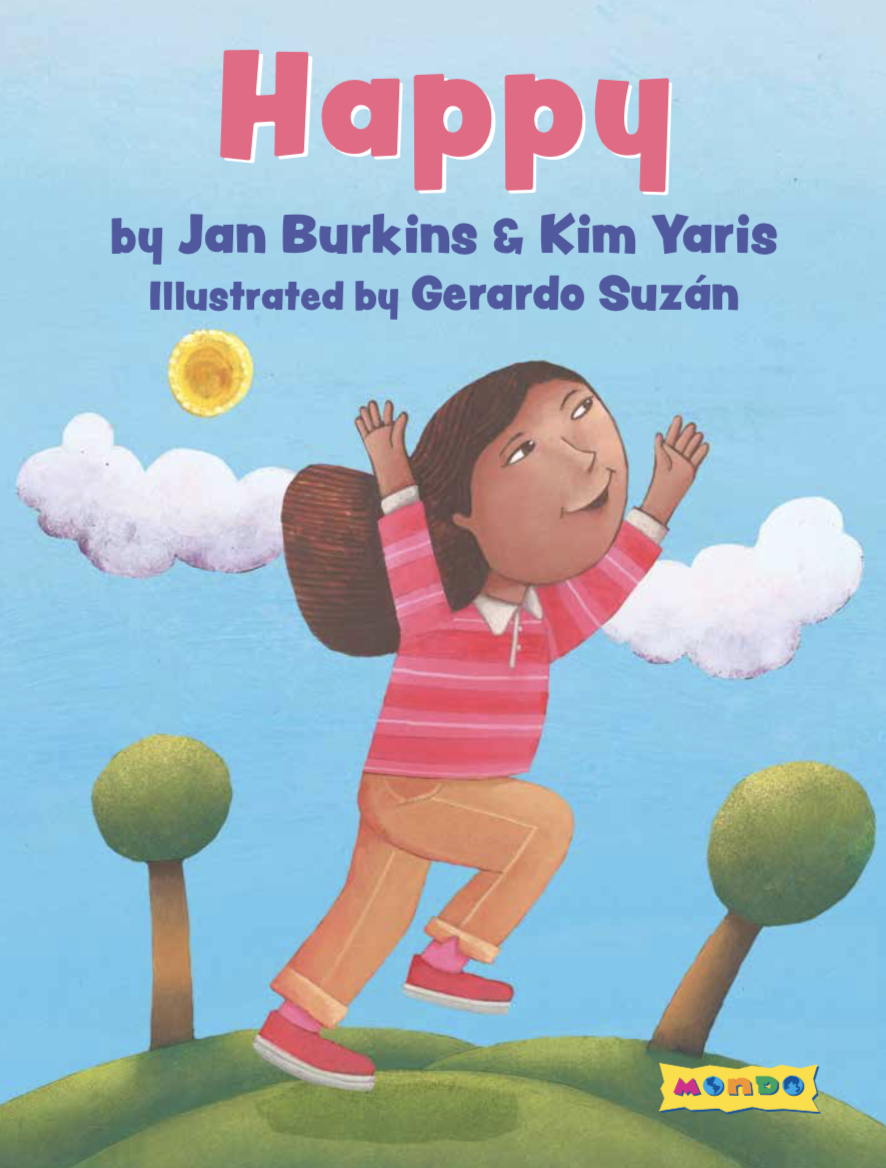
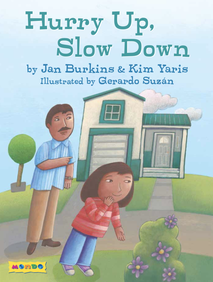
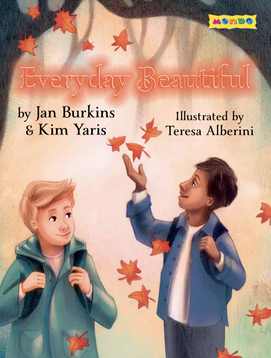
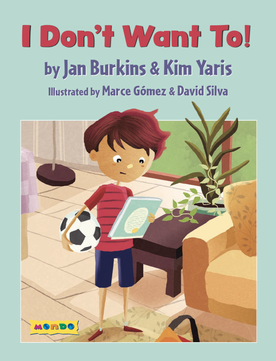
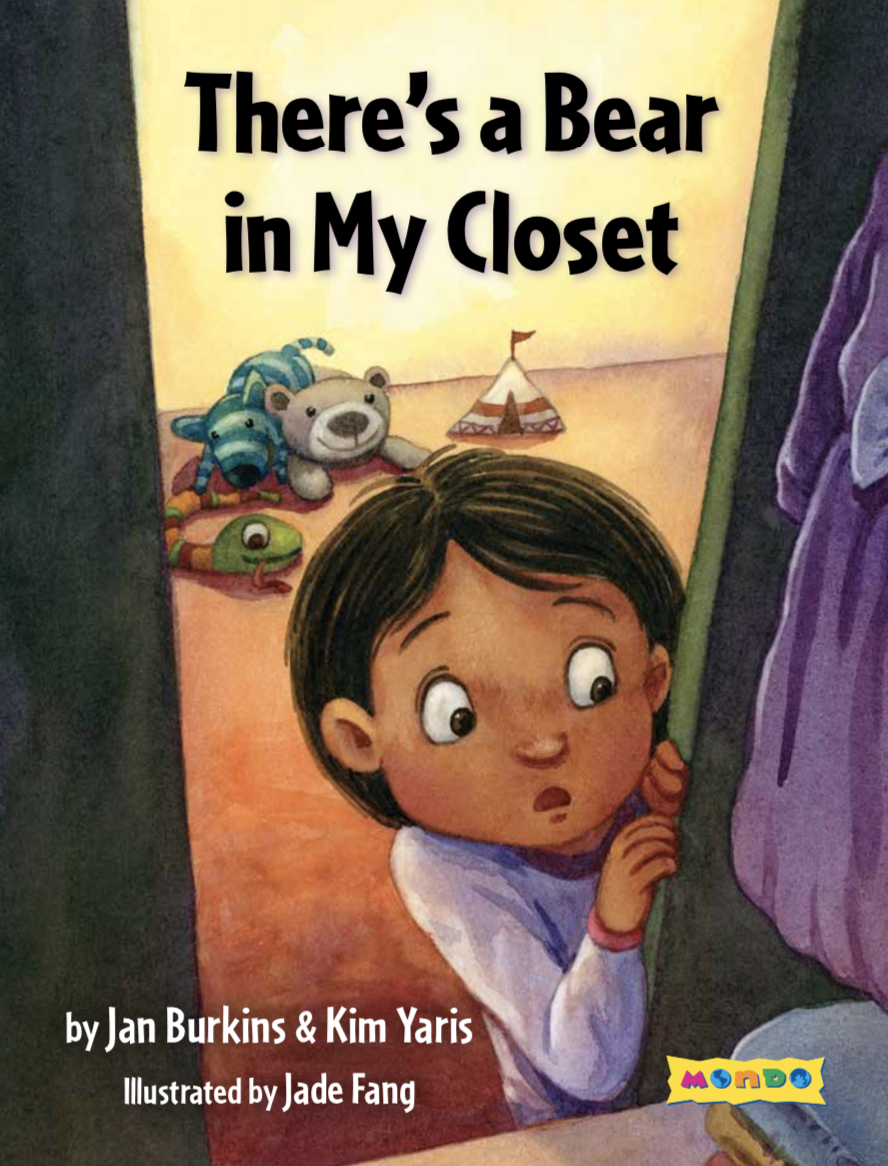
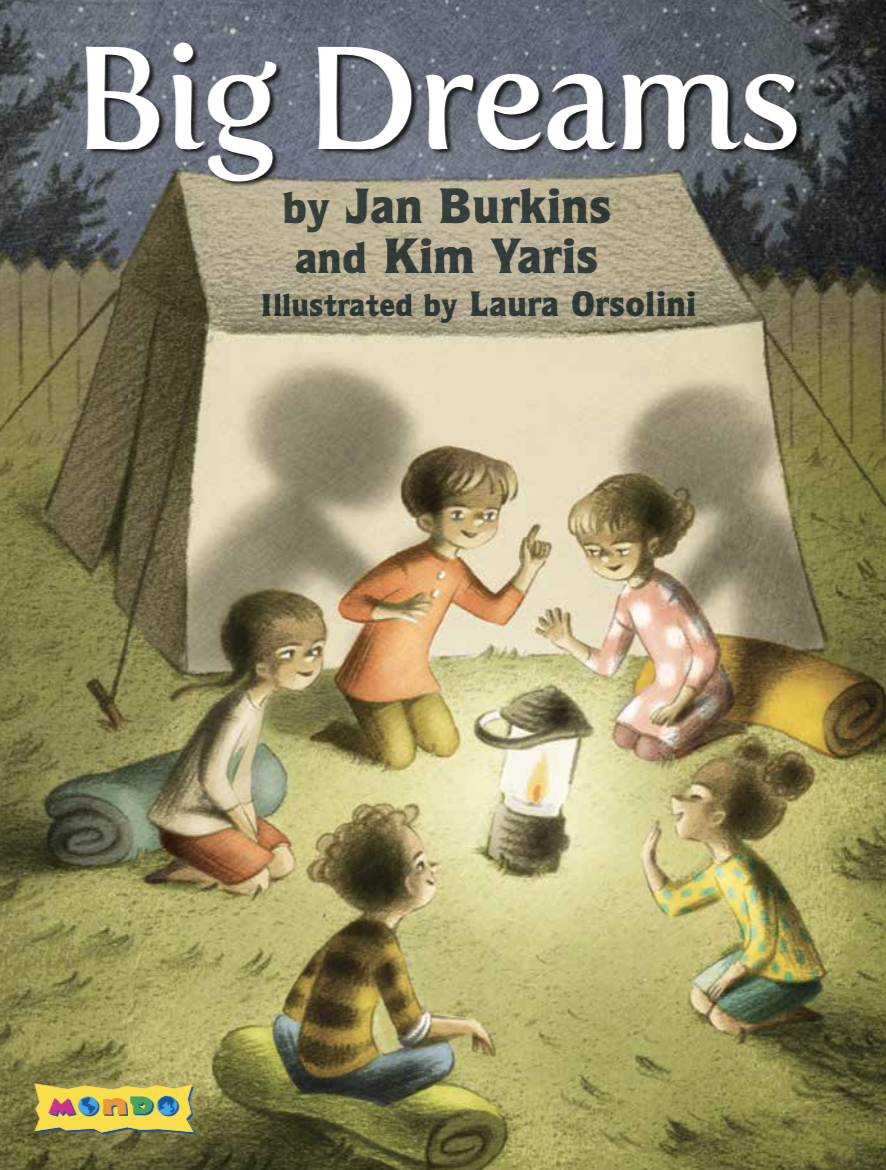
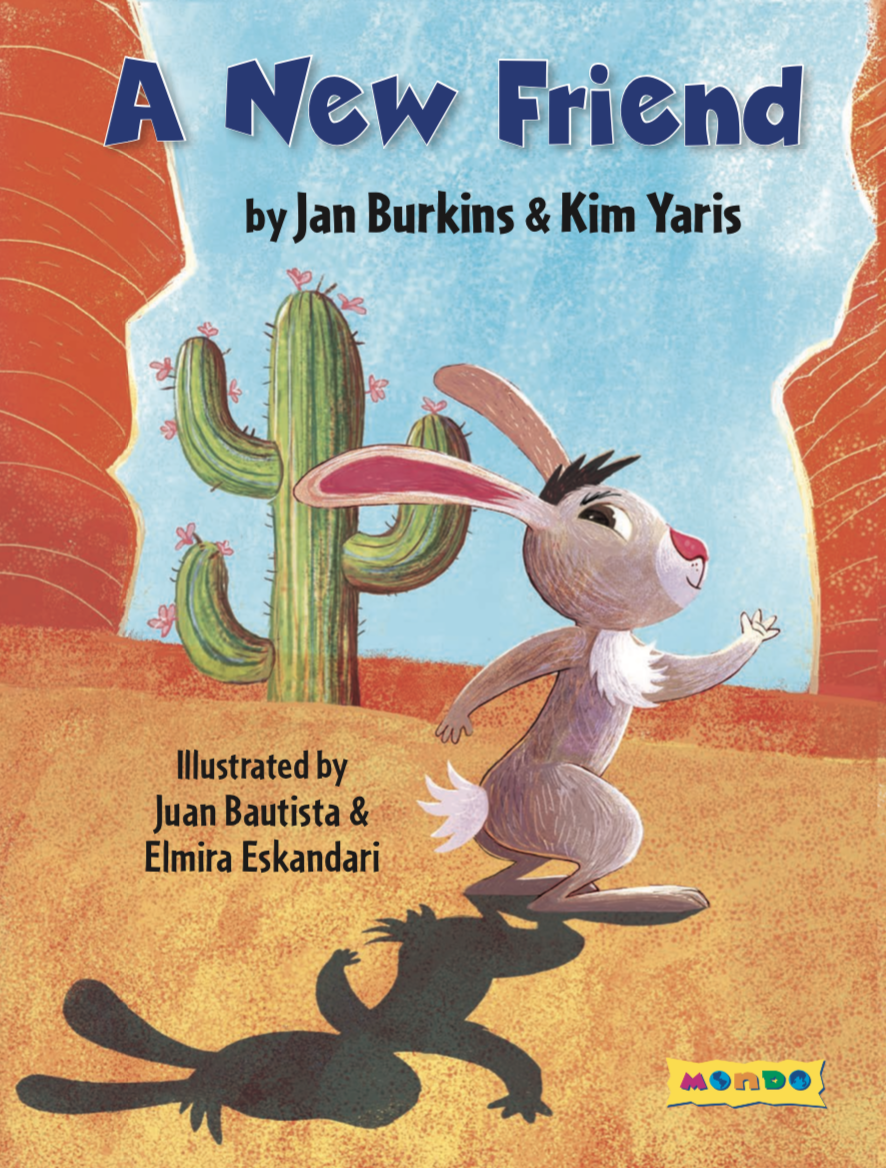
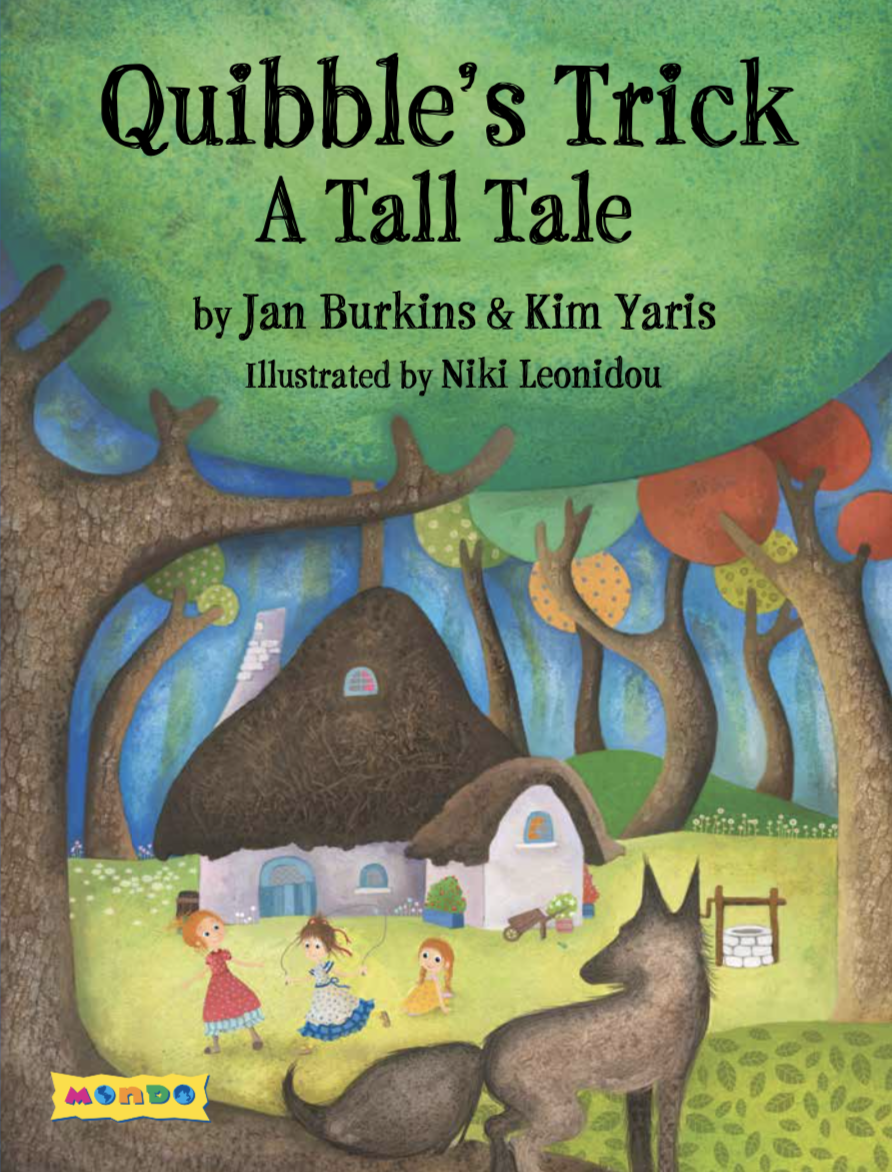
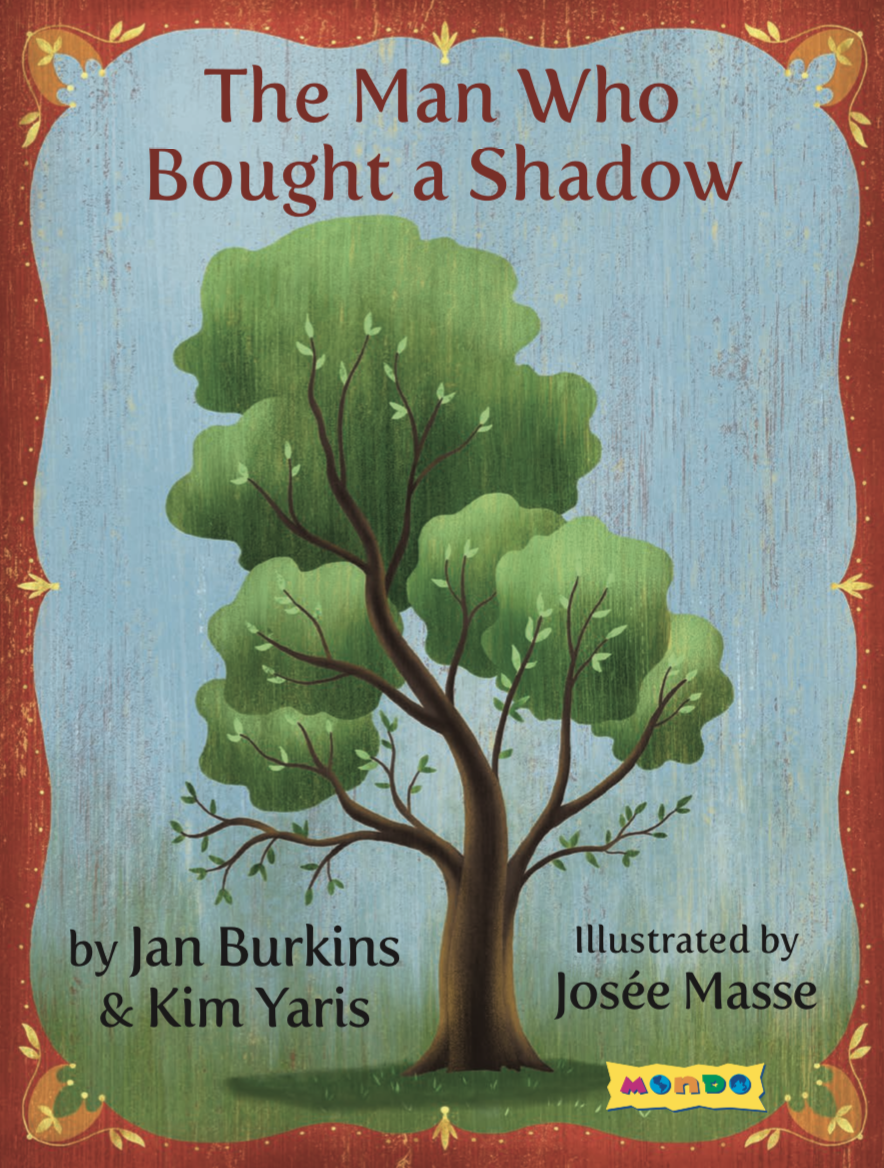
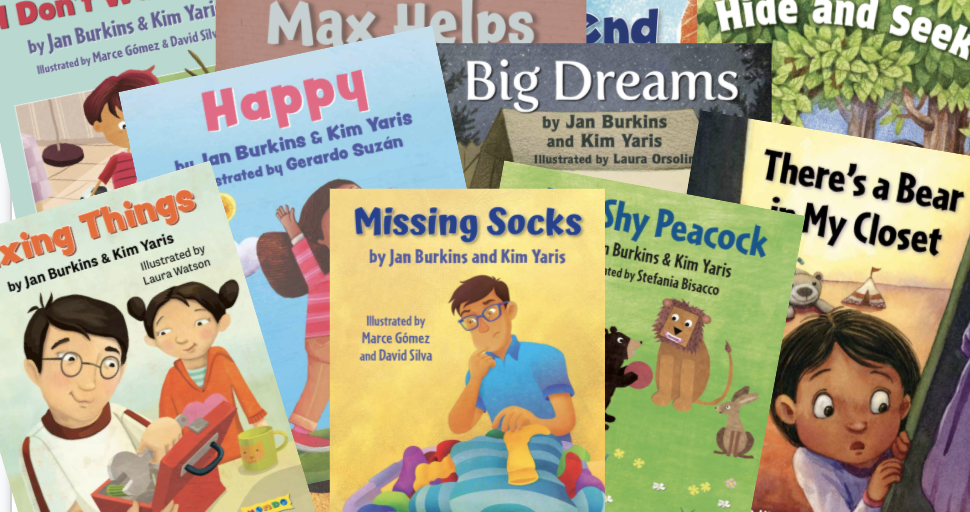

 RSS Feed
RSS Feed